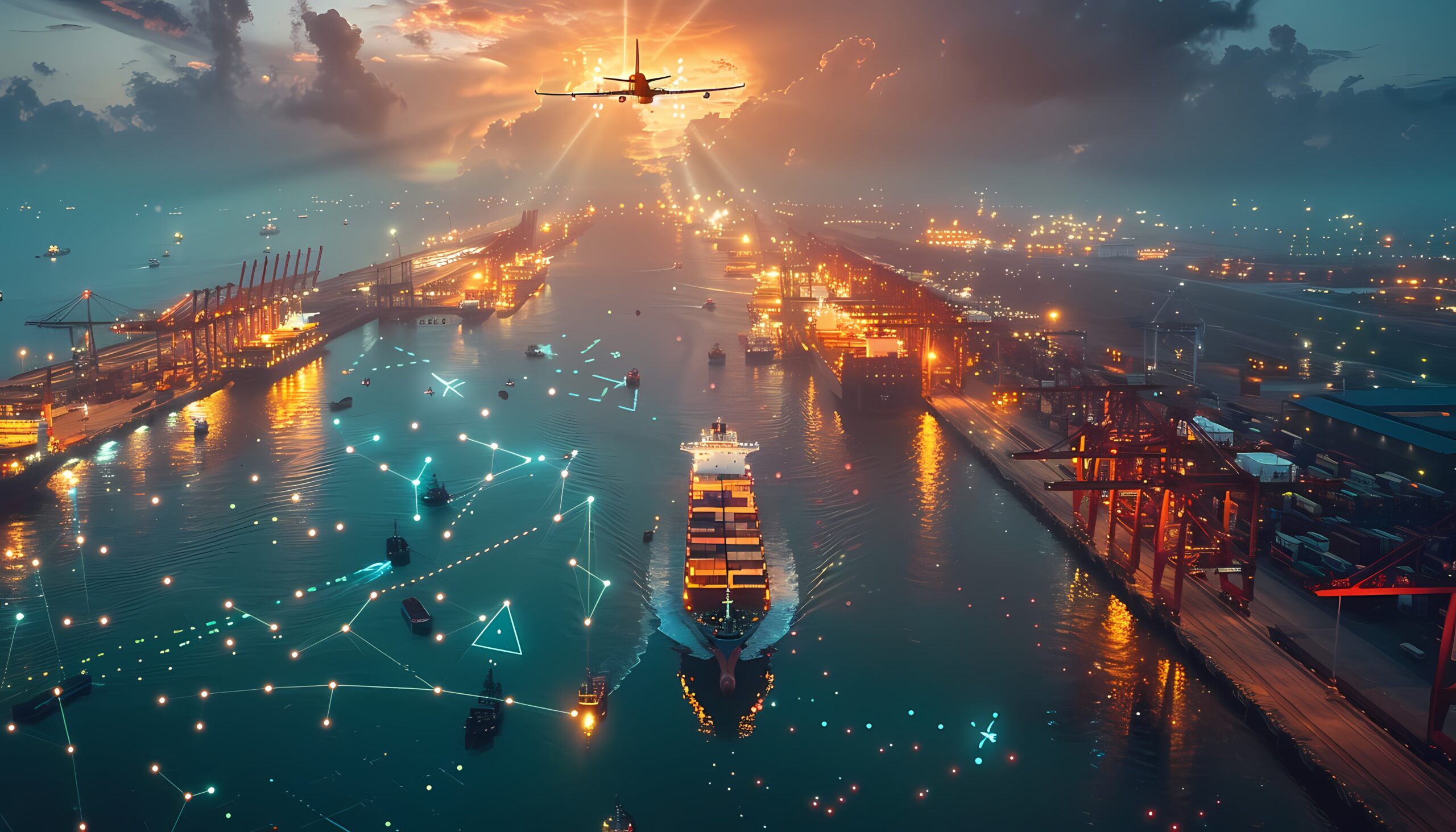The maritime industry has undergone tremendous changes in recent years, driven by the need to digitize, automate, and upgrade systems to stay competitive. Yet, as we approach the end of 2025, this industry remains a critical focus for cybersecurity concerns—especially given its role in the global supply chain.
From seismic disruptions during the COVID-19 pandemic to ongoing challenges like ransomware attacks and outdated systems, maritime operators face mounting pressure to secure their assets and operations. These issues are compounded by increasing demands for speed, efficiency, and cost-effectiveness, making cybersecurity an essential component of any long-term strategy.
The Growing Threat to Port Operations
A key area of concern is the vulnerability of port operations, specifically the Terminal Operations System (TOS). This system, which manages critical subsystems like cranes, cargo storage, and processing, is a frequent target for cybercriminals. When successfully breached, these attacks—often carried out using ransomware—can bring port activities to a standstill.
For example, recent research revealed that 14% of maritime organizations paid ransomware operators to unlock their systems in 2024. This highlights the urgency of addressing cybersecurity gaps, as even minor disruptions to port operations can cause a ripple effect throughout the global supply chain.
Adding to the complexity are insider threats, which remain a persistent challenge in this sector. These internal vulnerabilities further underscore the need for robust cybersecurity protocols and continuous monitoring.
Common Weaknesses in Maritime Cybersecurity
Despite the growing threat landscape, many players in the maritime industry remain underprepared to face these challenges. Common weaknesses include:
- Outdated or Nonexistent Risk Management Systems: Many organizations lack frameworks to assess and mitigate cybersecurity risks.
- Outdated Cybersecurity Policies: Policies often fail to keep pace with emerging threats.
- Absence of Incident Response Plans: Without testable disaster recovery and business continuity plans, organizations struggle to recover from attacks.
- Insurance Coverage Challenges: Cybersecurity insurance providers are increasingly hesitant to guarantee coverage due to the sector’s vulnerabilities.
Vulnerable Systems Across the Maritime Sector
Beyond port operations, other critical systems in the maritime industry are equally at risk, including:
- Digital Cargo Management Systems
- Bridge Systems
- Ballast Water Management Systems
- Perishable Goods Refrigeration Systems
- Onshore IT Support with Remote Access Capabilities
Each of these systems plays a vital role in ensuring smooth operations. A breach in any one area can have far-reaching consequences, affecting not only the targeted organization but also its partners and customers.
The Legacy System Challenge
Another significant hurdle is the prevalence of legacy systems. Many maritime operators face difficult decisions about whether to upgrade or replace aging infrastructure. These decisions often involve high costs and operational disruptions, slowing the industry’s progress toward more secure systems.
Moving Forward in 2025
To address these challenges, maritime organizations must adopt a proactive approach to cybersecurity, including:
- Regular risk assessments and vulnerability testing.
- Updated cybersecurity policies aligned with industry regulations.
- Comprehensive incident response plans and disaster recovery protocols.
- Ongoing training for staff to recognize and respond to threats.
As the maritime industry continues to modernize, cybersecurity must remain a top priority. The stakes are high, but with the right strategies and investments, this sector can strengthen its defenses and ensure a safer, more resilient future.
For expert guidance on navigating these challenges, contact Saturn Partners. Our team is here to help maritime organizations secure their operations and protect their place in the global supply chain.

